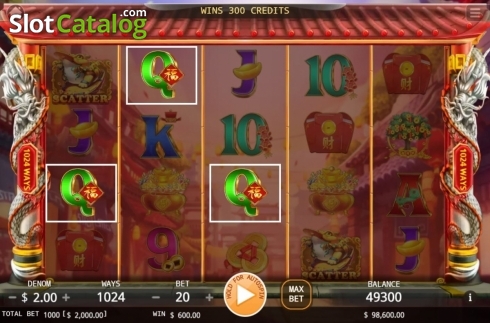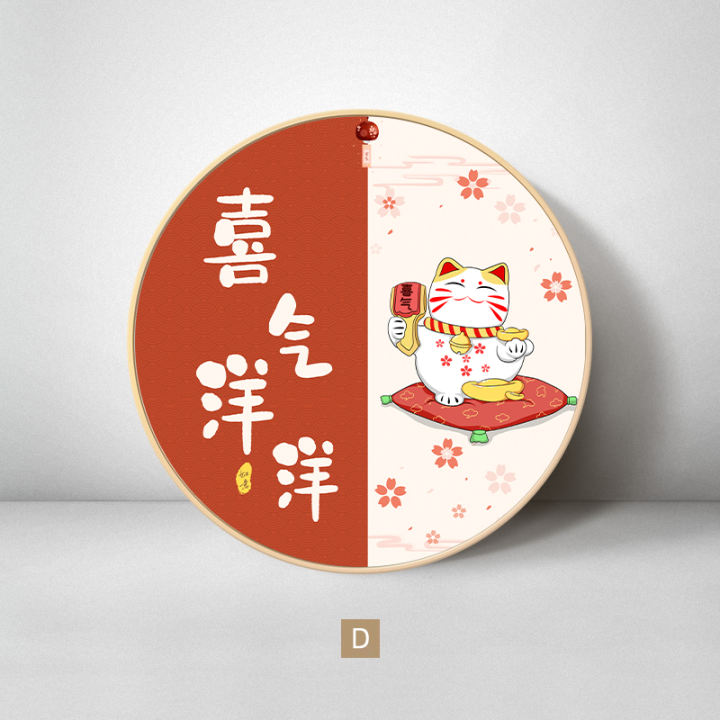Cai Yuan Guang Jin
|
|
|
|
|
|
|
|
|
|
|
|
|
|
|
|
|
|
|
|
|
|
|

Yuan Shu (pronunciation (help info)) (died 199), courtesy name Gonglu, was a Chinese general and warlord who lived in the late Eastern Han dynasty of China. He rose to prominence following the collapse of the Han central government in 189.
- Cai Yuan Guang Jin. Daddys Vacation.
- Cai Yuan Guang Jin by Spade Gaming will transport you to virtual China to try your luck in a more fortuitous setting. There’s an absence of features so this game is likely to appeal to fans of Oriental themed games as well as beginners. Free to Play Spadegaming Slot Machine Games 5 Fortune.
|

In 1000, 1100, 1200, and 1300, China was the most advanced place in the world. Marco Polo (1254-1324) recognized this when he got to China in the late 13th century after traveling through much of Asia. In what is now Europe, this was the period now referred to as the “high” Middle Ages, which fostered the Crusades and witnessed the rise of Venice, the mercantile center that was Marco Polo’s home.
A magnificent picture scroll painted by a Chinese artist in the 12th century provides us with a look at society and urban life in China during this time.
For several centuries the Chinese economy had grown spectacularly: “Between ... 960 and ... 1127, China passed through a phase of economic growth that was unprecedented in earlier Chinese history, perhaps in world history up to this time. It depended on a combination of commercialization, urbanization, and industrialization that has led some authorities to compare this period in Chinese history with the development of early modern Europe six centuries later.” (1)
Cai Yuan Guang Jin
- During the Song (Sung) Dynasty (960-1276), technology was highly advanced in fields as diverse as agriculture, iron-working, and printing. Indeed, scholars today talk of a Song economic revolution.
- The population grew rapidly during this time, and more and more people lived in cities.
- The Song system of government was also advanced for its time. The upper-levels of the government were staffed by highly educated scholar-officials selected through competitive written examinations.
Why else is the Song Dynasty so significant?
Many ways of living and acting that Westerners now see as most thoroughly “Chinese,” or even characteristically East Asian, did not appear before the Song.
- The Chinese, we know, are rice eaters and tea drinkers; but most Chinese in the Tang and before ate wheat and millet and drank wine, in that respect looking perhaps more “Western” than “Eastern”; rice and tea became dominant food and drink in the Song.
- China’s population is large, and tends to “explode” in certain periods; its first explosion occurred in the Song.
- The Chinese, we know, are “Confucians”; but the kind of Confucianism that served as government orthodoxy throughout late-imperial times was a Song reinvention.
- Chinese women, we may know, bound their feet; but they did not bind them until the Song.
- Even the “Chinese” roof with its turned-up corners is by origin a Song Chinese roof. (2)
Yet, despite its political and economic strengths, Song China was not able to dominate its neighbors militarily. Central to its engagement with the outside world were efforts to maintain peace with its powerful northern neighbors and extend its trading networks.


Notes

(1)See Philip D. Curtin in Cross-Cultural Trade in World History (Cambridge: Cambridge University Press, 2008), 109; as quoted in David Northrup, “Globalization and the Great Convergence: Rethinking World History in the Long Term,” Journal of World History 16, no. 3 (2005): 258.
Cai Yuan Guang Jin In Chinese
(2) See Robert Hymes, “Song China, 960-1279,” in Asia in Western and World History, edited by Ainslie T. Embree and Carol Gluck (Armonk, N.Y.: M.E. Sharpe, 1997), 337.